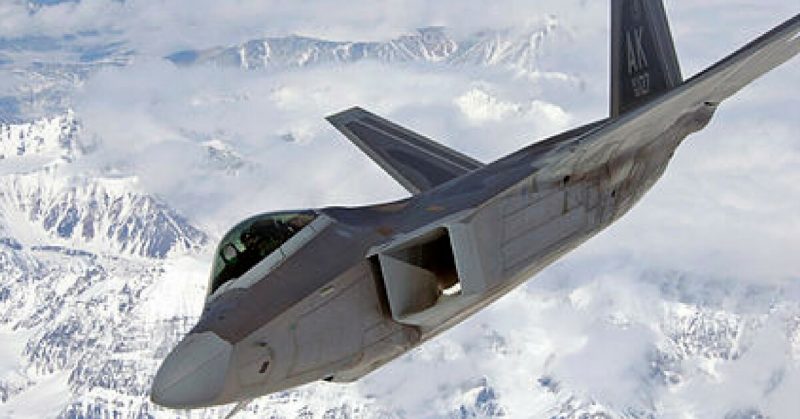Proposed in the 1980s and designed in the 1990s, the original purpose of Lockheed Martin’s F-22 Raptor was to replace aging American F-15 and F-16 planes for air-to-air combat.
As the Cold War deepened, the United States Air Force grew concerned that the previous generation of planes would not be able to keep up with the developments rumored in Soviet aircraft.
They requested a new fighter jet design in 1981, and the history of this fifth-generation, single-seat, twin-engine stealth fighter began.
The F-22 is primarily an air superiority fighter, although it does have the ability to attack targets on the ground. The weapons and airframe, as well as the final assembly of the completed jet, were handled by Lockheed Martin.
They partnered with Boeing for avionics integration, aft fuselage, and wings. Boeing also created the pilot training systems; in-flight training missions were limited because the necessary post-flight maintenance per plane is extremely expensive.
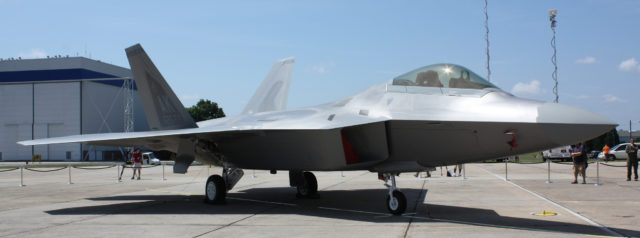
History of F-22
In 1981, the Cold War consumed the attention of much of the American intelligence community.
Reports on the Soviet SU-27 Flanker and the MiG-29 Fulcrum convinced the USAF that the current generation of fighter jets, the F-15 Eagle and the F-16 Fighting Falcon, would not be able to keep up with the emerging technologies of the Soviets.
In 1986, Requests For Proposals were issued, and the team of Lockheed Martin/Boeing/General Dynamics was selected to complete the next generation of fighter jets.
In 1991, two prototypes were delivered. The YF-22 was chosen to be the next generation of the fighter plane for the United States. After a few changes, the jet’s official designation became F-22.
Acquiring adequate funding was an early problem for the F-22. To obtain sufficient congressional support, contractors in 46 states were ultimately used to produce the plane’s various parts and pieces. Later on, this led to cost increases and manufacturing delays.
Lockheed Martin had also decided to defer many of the aircraft’s initial capabilities into post-production upgrades. This made for a lower initial cost of the F-22 but dramatically increased the final production cost. Similar issues arose in the 2000s during the controversial creation of the F-35.
Also increasing the per-unit cost of the F-22 was its cutting-edge stealth technology and other high-tech features. With many American jets, the cost of manufacturing and developing new aircraft is deferred by assisting other countries to build their fleets.
Due to espionage concerns, the F-22 was banned from exports.
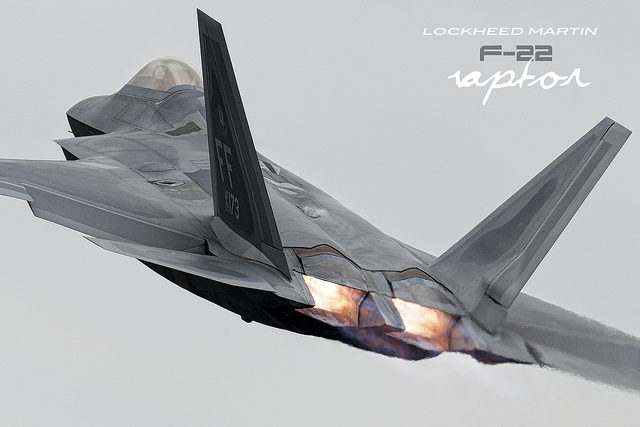
Deployment of the F-22
The USAF’s F-22s were frequently deployed to Kadena Air Base in Okinawa, Japan. Although the fleet was ready for combat in 2007, Secretary of Defense Robert Gates initially chose not to use the F-22s in the Middle East at that point. In 2009, that decision was reversed.
In 2012, Al Dhafra Air Base became home to the F-22s, taking up a position just 200 miles from the Iranian border. The Iranian defense minister has referred to the F-22s as a security threat.
In 2014 and 2015, the F-22 performed combat sorties during the American-led intervention in Syria. Its primary role was reconnaissance and intelligence, although its target striking capabilities were used during these missions.
Ultimately, however, the Soviet Union’s collapse in the early 1990s meant that the conditions for which the F-22s were specifically developed never arose.
The F-22 is universally acknowledged as the most advanced fighter plane currently in the skies.
Over the course of the F-22 program, 8 test aircraft and 187 operational aircraft were manufactured, with the last plane delivered in 2012.
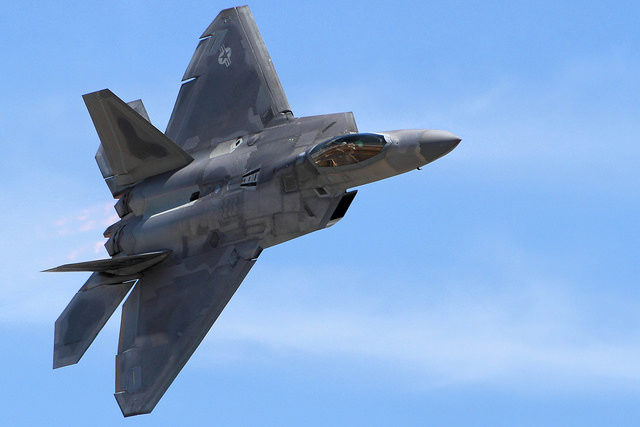
Concerns about the F-22 Raptor
Since fighter pilots began flying the F-22 Raptors, concerns emerged about the plane’s effect on pilots’ lungs.
In early flights, pilots lost consciousness or experienced altered mental states during high-G maneuvers. Lockheed Martin worked to find the cause of the breathing issues, and several potential problems were identified.
Carbon air filters were shedding particles that might have been inhaled; breathing regulators were defective, and the onboard oxygen system was faulty. The company worked to fix these issues, but a condition that is commonly known as “Raptor Cough” is still discussed among pilots who have flown these elite stealth jets.
Some theorize that the problem might be related to acceleration atelectasis, a condition where a portion of the lung partially or entirely deflates due to poor gas exchange and excessive pressures during high-G maneuvers.
In 2013, the USAF admitted that there was no cure for a Raptor cough, once it had developed.
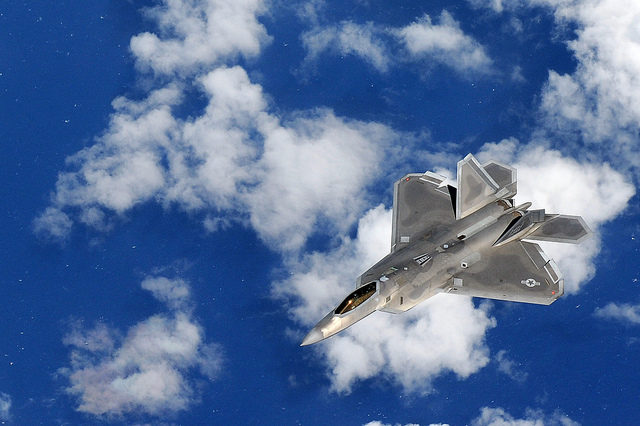
Ending the F-22 Program
By 2006, the comptroller general of the United States, David Walker, stated that the Department of Defense had not demonstrated the need for any additional investment in the F-22 program.
Over the next several years, the Department of Defense and the Joint Chiefs of Staff argued for the F-22 program to be discontinued, while the Senate fought for its continuation.
The official recommendation from the Secretary of Defense and the Vice Chairman of the Joint Chiefs occurred in 2009, but it was only when President Barack Obama threatened the Senate with a veto that they voted to end the program.
The F-22 program officially ran from 1996 to 2011, during which time it cost $66.7 billion, with a per-plane cost of $150 million.
